This is a question that is asked by many homeowners because they usually do not understand the entire scope of their policies. When homeowners have damage to their roofs that causes leaks, they might wonder whether the leak will be covered by their homeowner’s insurance policy. Most insurance policies will pay for damage to roofs, depending on what caused it. When a homeowner wants to make a claim, a public adjuster may inspect the roof damage and determine its cause and extent. When dealing with claims done to an insurance company, a public adjuster can represent the claimant throughout the whole process.
Every case of property damage is unique. A roof that has been damaged because of pure negligence from the owner may not be a reason to recover for it, whereas, it is having been damaged because of a hurricane that came striking at 120mph and lifted the roof off or an object falling on top of it. There are many variables that are linked with what gets covered and why it gets covered in a home insurance policy. Due to there being many factors, consulting with a public adjuster can help bring all these questions to clarity is a smart move.
Coverage for Roof Leaks
When people notice that their roofs are leaking, they might want to review their homeowner’s insurance policies to see what is covered and what is excluded. Some causes of damage to roofs may be explicitly excluded in the insurance policies. For example, if the loss is determined by the public adjuster to have been caused by the homeowner’s failure to maintain the roof, the homeowner may have to pay for the repairs out of pocket because any damage that comes from a lack of maintenance or negligence by the policyholder will not be refunded. While insurance companies have a responsibility to pay for damages, homeowners have the responsibility to prevent them, when possible.
Most homeowner’s insurance policies will cover damage to roofs and to the homeowner’s belongings that are caused by what are called open perils. These are unexpected events that cause roof damage such as lightning strikes, hail, wind, hurricanes or fire. People are able to check their policies to see a list of the open perils that their policies cover. Other hazards that are not covered by homeowner’s insurance policies may also be listed as exclusions. These might include such things as damage caused by floods, insect infestations, negligent maintenance and warping caused by foundation problems. An essential element in reducing the stress, time wasted, and money spent is learning what is excluded and what is included in one’s home insurance policy. No one wants to be surprised when the time comes that their homes need repairs.
Typical Causes for Roof Leaks
Roof leaks can happen because of many different reasons, while some could be just nature, some others could be avoidable. These are some common reasons why roofs tend to leak:
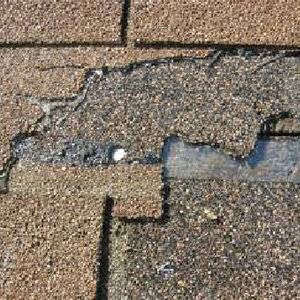
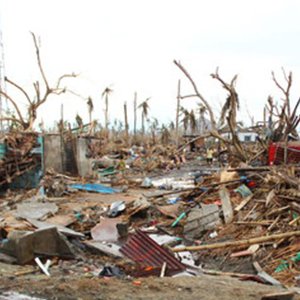

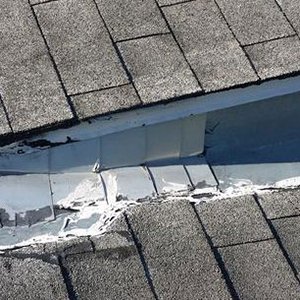
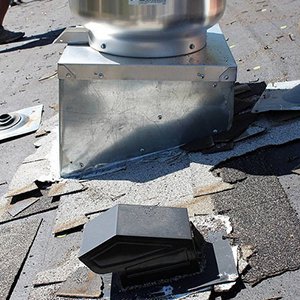
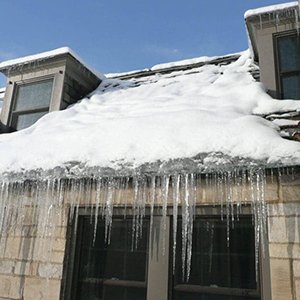
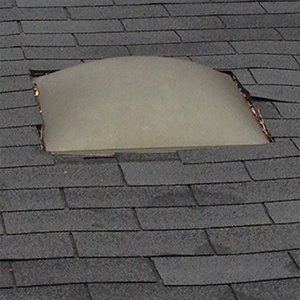
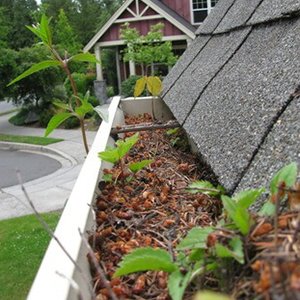
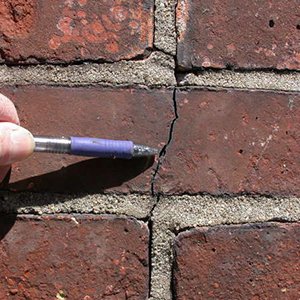

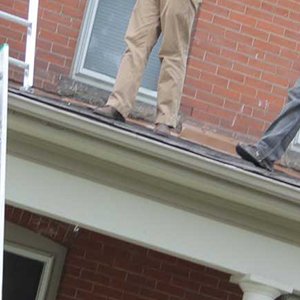
There are many other reasons why a roof gets to the point of leaking. An owner needs to regularly maintain their roofs and ensure that any losses that are preventable remain well-kept. No owner wants to come to learn that their insurance companies will not have their backs.
Identifying Roof Leaks
Finding roof leaks early is vital to prevent damage to people’s property. Identifying the source of the leaks can be difficult, however. Water may trickle down the slope of the roof and enter in a different area. People should start by inspecting their roofs and looking for any obvious entry points such as loosened shingles. If they can’t find where the water is entering, they can examine their attics to look for damp areas. If people do not find any cracks or entry points for water leaks, they might have plumbing leaks instead of leaking roofs.
It may be difficult for someone to identify a roof leak if they have no experience at all with home repairs. The specific leak that is present could be determined by a public adjuster, along with knowing if that leak is covered by the homeowner’s insurance or not. When in doubt, seek help. It is better than not doing things correctly and eventually having to pay more in the long run. These things should be done to identify roof leaks:
- Inspect on a monthly basis
- Call in a professional to determine any leaks
- Apparent signs of leakage need immediate attention
Ways in Preventing Roof Leaks
The best way to avoid any damages or to have to deal with an insurance company is preventing the whole problem altogether. Preventing roof leaks can save a homeowner from a massive headache and wasted time. In areas where rain is abundant, and floods are prevalent, wanting to prevent a leak should be on the priority list because one small leak in these areas can turn into a disaster. These are some ways that one can prevent roof leaks:
- Have a professional inspect roof
- Be vigilant for roof flashings
- Ventilation should not be blocked
- Downspouts and gutters should be kept clean and free of blockage
- Maintain objects like trees that could damage the roof away from the property
- Shingles that are torn or missing should be immediately replaced
These are some recommendations that every homeowner should take, especially those who live in the most prone flooded state: Florida
Numbers on Roof Damage
Rook leaks are a common damage that homeowners experience and one that is often not covered because an owner was negligent in not maintaining their home, known as what would be “gradual damage.” If the damage happened overtime and could have been prevented with immediate repairs, then a policyholder would most likely not be able to recover the damages that have been done. These are some facts and statistics on roof damage:
- An average of $1,000 to $4,000 is the average that it cost to repair the standard 2200-2600 square foot home. If done by a professional, the prices range from $2,000to $8,500; they charge per patch of roof, known as squares.
- Hailstorms are known to cause billions of dollars in damages. In fact, in 2006, Indiana experienced 1.3 billion dollars of roof damage by a hailstorm
- Roofs are often the culprit of water intrusion; making up 40% of it
- Roofs only maintain their structure about half of the time they were intended to, meaning if someone tells you that your roof should last 20 years, in reality, it will only maintain itself for 10
Due to the number of tornadoes and hurricanes that Florida is faced with every year, hail is very possible and has been seen in Florida in recent times. Hail is the number one cause for roof damages and has known to be to cause billions of damages in roof repair throughout various states.
Damage Claim Roof Frequently Asked Questions
Question: How Could I tell whether I have a viable roof claim or not?
Answer: In most cases, signs of damage to a roof are often hidden to the eye, making it difficult to spot that any damage actually exists, leading the damage to develop even more over time. While it may be hard to spot, these are some signs that a homeowner could watch out for that may indicate that there is a presence of roof damage: loose shingles, spots that are dark on the roof, granules that have been knocked off, stains on walls, water spots on walls, water around windows, and more. An insurance companies’ adjuster will try to immediate deny a roof claim without even doing the investigation that it deserves, making the usage of a public adjuster essential.
Question: Would I be Required to tarp my roof if a storm blew off some shingles and water seeping in is of a great possibility?
Answer: Because it is a problem that was noticed immediately before the water even came into the home, yes, the owner would have to tarp their roof to prevent further damage because that is what the insurance company would want them to do. If the owner fails to prevent further damage when they could have, it could jeopardize any claim for roof damage. If damage could be prevented, the owner must take action. It would be essential to learn of owner’s responsibilities when dealing with damages to their home.
Question: Will roof damage be covered for a roof that was in bad shape initially yet it was left neglected from water damage and roof damage?
Answer: A viable roof claim would most likely not occur, but a claim for water damage may exist. Most insurance policies exclude wear and tear and damages resulting from maintenance. This refers to items that have reached their intended time of use or that were not maintained as they should have been cannot be recovered. If an owner does not meet their responsibilities by keeping their homes up-to-date, their lack of maintenance will not be recovered.
Question: How Should I handle filing a claim for damage to my roof when dents were caused on it because of a hailstorm, but I am unsure whether this will lead to any leaks?
Answer: Elements such as wind, rain, or snow are known to eventually cause roofs that are made of asphalt or other materials to have loose granules, which will subsequently lead to leaky roofs. For this matter, if the above occurs, a claim should be filed as soon as possible.
Question: I have a leaking roof claim that was denied by the claim adjuster even though they did not inspect my roof. Could this denied claim be overturned by a public adjuster?
Answer: The simple answer is yes. If a roof was not thoroughly investigated by the claim adjuster, a skilled public adjuster could assess the problem and get you’re the settlement you deserve. A roof leak can come from an issue that is not visible, which means that any roof leak damage claim must be thoroughly inspected. A public adjuster could provide a second option and obtain a fair settlement. Get help today.
The Help That Can Be Provided by a Public Adjuster
Depending upon the extent of the damage, a roof that is leaking can cost a few hundred to several thousands of dollars to fix. If the entire roof needs to be re-shingled, people may expect the repair to cost an estimated $5,000. When people are getting ready to make a significant claim with their insurance companies for roof damage, getting help from a public adjuster is crucial. Many claim adjusters will not even inspect the roofs as they should and will just deny the claim. As a practiced adjuster, they would take over the negotiation process with the insurance company and work to recover the maximum amount for the damage. Public adjusters can determine what caused the roof damage to prove to the insurance company that the cause was a cover-able event under the policyholder’s contract. When people try to deal with the insurance companies on their own, the companies may dispute the claims, deny them outright or try to make offers that are unreasonably low to pay for the damage that was caused. The fact that a homeowner may not entirely know all the laws and legal jargon’s associated with their contract, insurance companies will thrive on this lack of knowledge.
Speaking with a public adjuster that has a proven record of won claims in Florida is a crucial element in winning and receiving a fair amount of money for any roof damage claim.
References:
- https://freshome.com/2014/10/07/the-10-most-common-causes-of-roof-leaks/
- https://altecroofing.com/prevent-roof-leaks/
- https://www.choicehomewarranty.com/home-cost-statistics/
- http://www.landlordstation.com/blog/16-tips-statistics-roofs-damaged-hail/
- http://www.architectmagazine.com/technology/when-it-leaks-it-pours_o

